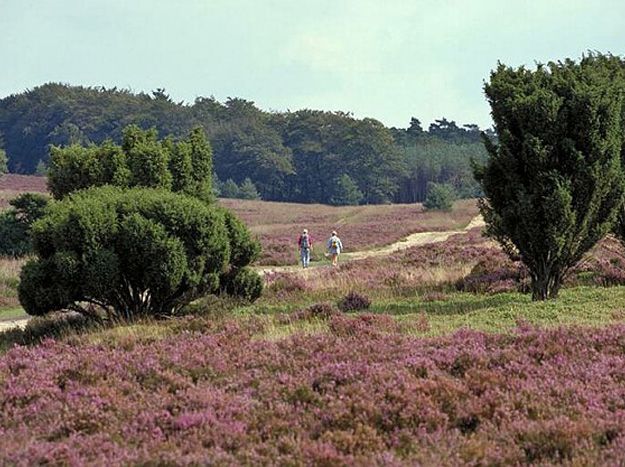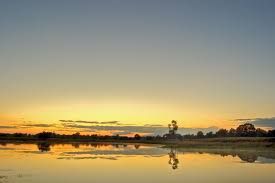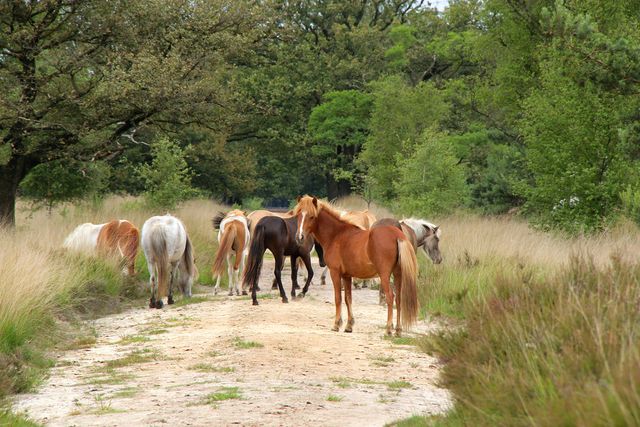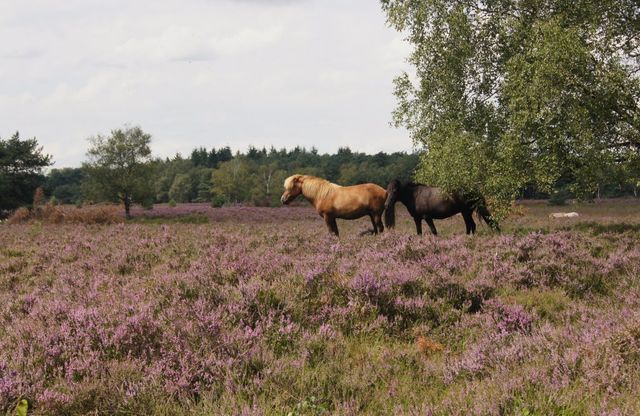The Kampina

The Kampina is considered one of the most beautiful nature reserves in Brabant. No wonder: because the Kampina is Brabant as it used to be. You'll find ponds and heath, deciduous forests, and bluegrass meadows. Enjoy the purple-colored heath around August.
About the area The Kampina is Brabant as it used to be. Here you'll find wet heath with ponds, fragrant sweet gale shrubs, meadows, deciduous forests, and bluegrass meadows. A great success is the return of the badger. Since 2016, it feels right at home here.
The Kampina has dozens of ponds, just like the nearby Oi…
The Kampina is considered one of the most beautiful nature reserves in Brabant. No wonder: because the Kampina is Brabant as it used to be. You'll find ponds and heath, deciduous forests, and bluegrass meadows. Enjoy the purple-colored heath around August.
About the area The Kampina is Brabant as it used to be. Here you'll find wet heath with ponds, fragrant sweet gale shrubs, meadows, deciduous forests, and bluegrass meadows. A great success is the return of the badger. Since 2016, it feels right at home here.
The Kampina has dozens of ponds, just like the nearby Oisterwijkse Bossen en Vennen. Most ponds originated in the last ice age. The polar wind blew the sand into hills, and in the blown-out hollows that formed, rainwater remained. Due to the underlying clay layer, that water didn't drain away. The Belversven and Winkelsven originated in a different way. These are remnants of the meltwater valley of the Beerze, a stream that now runs much further to the east.
From sand drift to heath Around 1400, the Kampina was a large sand drift, comparable to the Loonse en Drunense Duinen. People had cut down all the trees, causing the underlying sand layer to drift. Over time, it grew back with heath, on which farmers from the surrounding area grazed their sheep and other livestock for centuries. To preserve that heath, we now let herds of cattle and horses graze there. They ensure that young trees and grasses don't get a chance to displace the heath.
Beerze Valley The Kampina has several beautiful hiking routes. The green route takes you through the Beerze Valley. In the floodplain, you can spot many birds, such as the great egret, the pintail, the reed warbler, and occasionally even the black stork. Via the winding course of the Beerze, you'll come to the Spoordonk water mill, dating back to 1453. Just before the mill, there's a fish ladder with fourteen steps. This ensures that fish like the chub and stickleback can swim back against the current to their spawning grounds.
P.G. van Tienhoven The first nature conservationist of the Kampina was Pieter Gerbrand van Tienhoven (1875-1953). He ensured that the area was transferred to Natuurmonumenten in 1917. This saved the heath because the plan was to turn it into a production forest. Van Tienhoven later became chairman of Natuurmonumenten. On a hill near the Zandbergsevennen, there's a grave monument in memory of this nature conservationist. It's also a beautiful viewpoint over the heath, easily accessible via the Van Tienhovenroute from the Roond parking lot. This route is also suitable for wheelchairs, strollers, and buggies.






